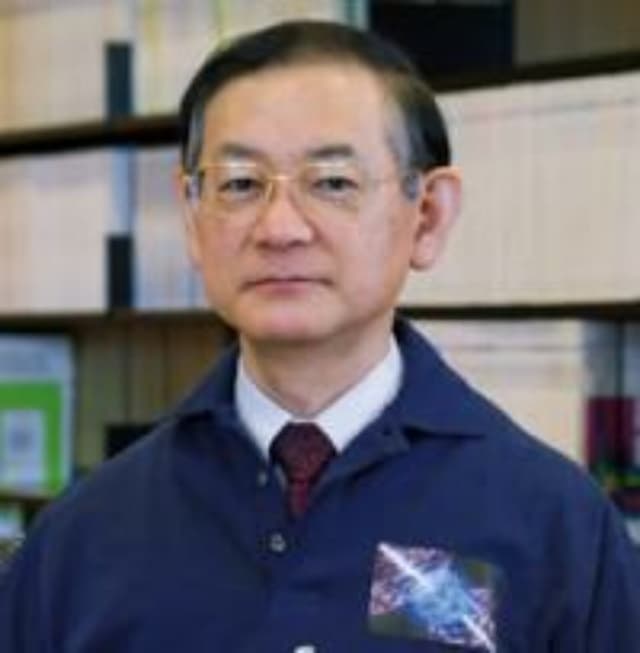This year's Marcel Grossmann Award goes to Ken'ichi Nomoto

(Originally published by Kavli Institute for the Physics and Mathematics of the Universe)
May 28, 2015

Kavli IPMU (WPI) Project Professor Ken’ichi Nomoto is a recipient of the 2015 Marcel Grossmann Award for his pioneering work in uncovering the role of binary systems in the evolution of massive stars. The award will be presented during the 14th Marcel Grossmann meeting in Rome, Italy, on July 13.
The Marcel Grossmann Award was established in 1985, and is awarded every three years at the Marcel Grossmann Meeting*. The meeting itself provides researchers working on fundamental physical theories, including astronomy and astrophysics, with the opportunity to review developments in gravitation and general relativity.
Past Japanese winners include Satio Hayakawa (1988) for his work on cosmic rays, and Minoru Oda (1991) for his work on X-ray astronomy. Other notable winners include Stephen Hawking (1991), Roger Penrose (2000), John Wheeler (1988), and Nobel Prize winners Abdus Salam (1985), Subrahmanyan Chandrasekhar, and Riccardo Giacconi (2000).Nomoto has been a central figure in the astronomy field of stellar evolution, supernova explosion, and the origin of heavy elements. The MG14 International Organizing Committee has awarded Nomoto with this year’s award for “heralding the role of binary systems in the evolution of massive stars”. Nomoto has shown theoretically that binary systems produce diverse routes of massive star evolution, thus have a major role in producing various types of supernovae, hypernovae, and gamma-ray bursts, as well as neutron stars and black holes. He is currently continuing his work to confirm the above predictions observationally.

Ken'ichi Nomoto's comment on his win:
“I want to emphasize that this award is the result of a large number of collaborations between graduate students, postdocs, local and overseas researchers. I owe much to their collective effort in calculating, observing, and analyzing data in binary system evolution, and optical light of supernova explosions. It is a great honor to have such fundamental research in astronomy be acknowledged as cutting-edge research in the relativistic effects of celestial bodies, such as gamma-ray bursts and the formation of black holes. I hope to continue to carry out collaborative research to unravel the mysteries of the universe.”